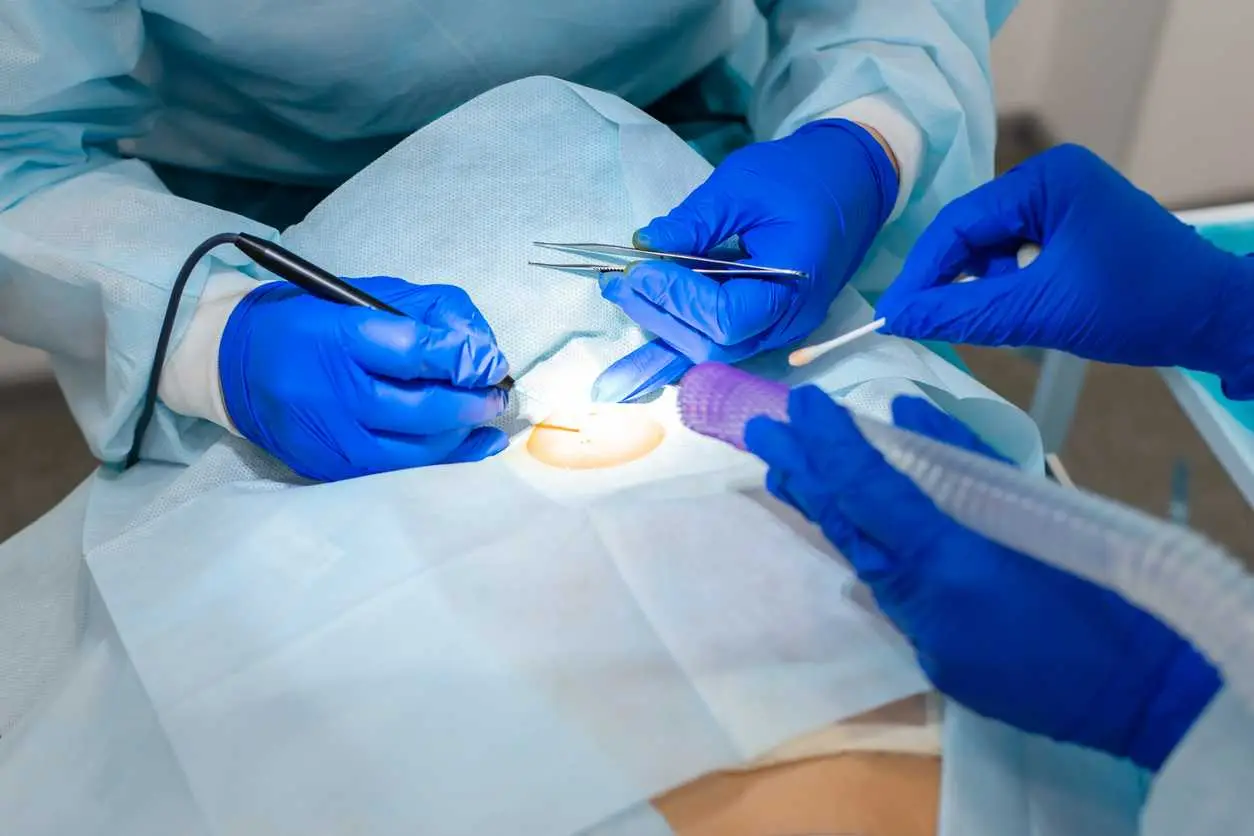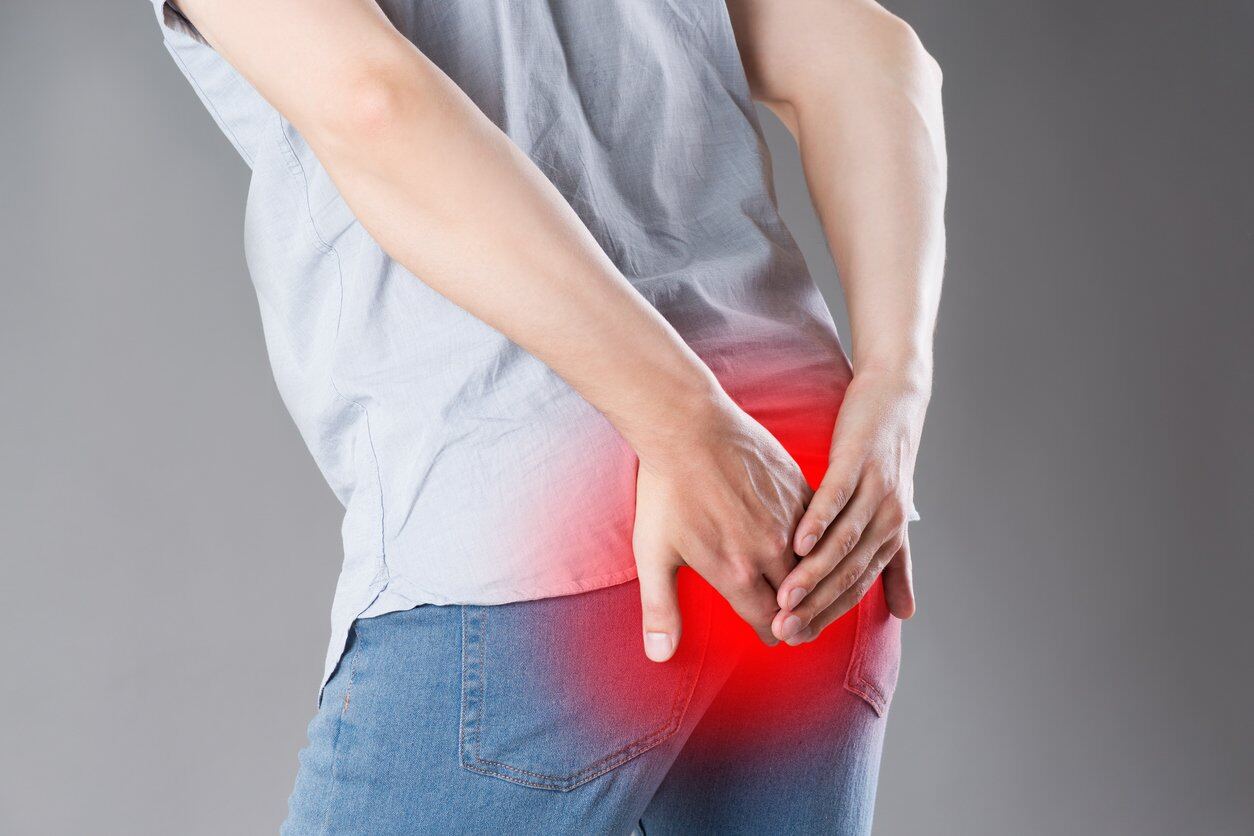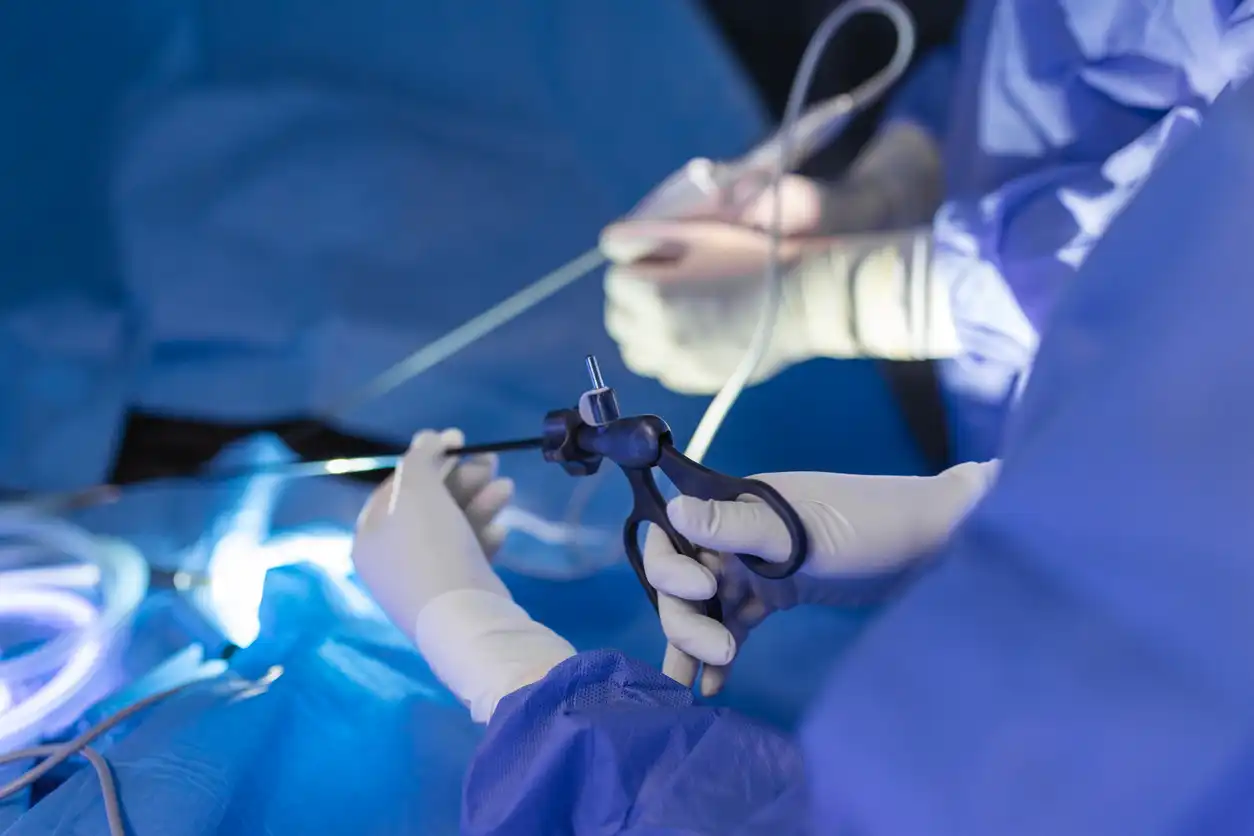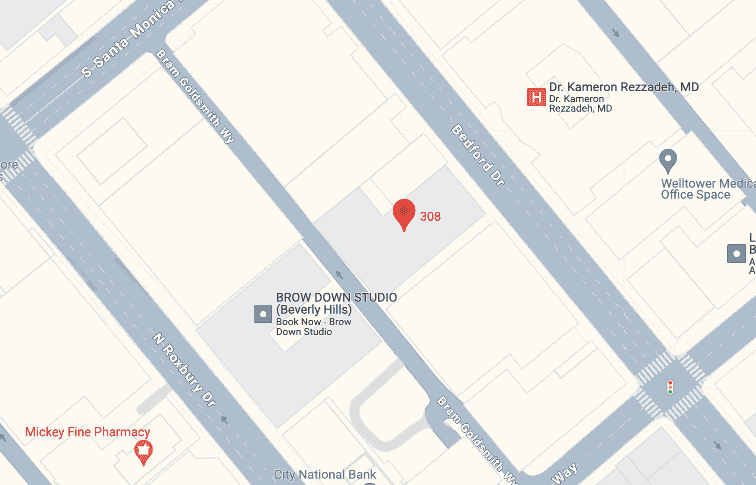I am very convinced that there is a set of people who believe that they can treat their Pilonidal cyst using medicine alone; I want to assure you this – there is no cure for your cyst through medicine alone. You need to seek surgical intervention for a Pilonidal cyst to allow the physician to excise the little channel that is usually laden with grime and particles if all you want is to be liberated from this problem. Get well soon after the pilonidal cyst surgery since it will only take you a few days to recover fully and begin to work as usual. Nonetheless, there is more to it than merely choosing the last plan of action or watching the pilonidal cyst surgery video, and that is what it takes to heal from the surgery.
Today, at Pilonidal Experts we will enlighten you about the process of recovery and what to expect as you go through this process.
The Recovery Process: What to Expect
1. Immediate Post-Surgery Care
Following this surgery, you will be transferred to the recovery room where the effects of the anesthetic used will wear off after some time. The greatest discomfort might be observed in the form of such symptoms as lethargy, dry mouth, and potentially some pain in the area of the surgery. However, if you start experiencing unbearable pain you must say it to your doctor. This is because pain will be managed carefully and your doctor will have been likely to put you on pain relievers for the pain.
Pain and Discomfort: Some mild forms of heat, redness, pain, and swelling at the site of the surgery can be expected, which may be treated with pain relievers suggested by the doctor.
Wound Care: This specific area should not be exposed to oils, creams, or anything with the potential to infect or make the incision area moist.
2. First Few Days
In the first days after the operation, it is crucial to stay idle and not exercise or perform hard work. Don’t engage in any physical activity, especially one that is highly demanding, and adhere to the doctor’s advice.
Activity Restrictions: Exercise for shorter periods of time and reduce the intensity of your movements. Stay away from extended sitting, heavy lifting, and activities that would require exertion. You may have seen this in the pilonidal cyst removal surgery video.
Diet and Hydration: General health advice that a person should take care of his/her diet and consume enough water to enhance the healing process.
3. Wound Healing and Care
With careful wiping and cleaning sessions, it is recommended to wipe the area gently with mild soapy water. Avoid vigorous rubbing towards the affected area but rather blot the area with a clean napkin.
Dressings: Wear clothes and bandages that are clean and replace them as instructed by the doctor. Clean the material used on the patient to ensure that they are sterile in order to avoid contracting an infection. If you have seen the latest laser surgery pilonidal cyst removal video, you will learn how to dress properly.
4. Follow-Up Appointments
Be sure to follow up all appointments with your surgeon as you have been scheduled. It is advisable to make these visits with the doctor so that any problems that may arise during the healing process may be noticed early.
Removal of Stitches/Staples: If your surgery required some sutures or staples, these may be taken out during your subsequent visit which would normally be in the next one to two weeks.
Monitoring for Infection: This is important to know if there is any infection near the wound site. Monitoring helps you prevent further issues and speed up the recovery process.
How can you make the recovery period smoother?
1. Manage Pain Effectively
Avoid bearing intense pain by taking prescribed pain medications in the recommended times accordingly. Some people require getting over-the-counter medications, such as ibuprofen or acetaminophen, which may decrease pain in some cases.
2. Stay Active, But Cautious
Rest is essential but, occasionally getting out of bed and stretching, or perhaps walking around, will prevent rigidness and increase blood flow. If you want to do some exercise, going for a stroll in your house is recommended but refrain from any activities that may put pressure on your heart until your doctor approves it.
3. Use Supportive Cushions
As observed, sitting may also be cozy, particularly after the surgeries. Find a donut-shaped cushion or a pillow that can help you reduce pressure on the surgical site whenever you have to sit down.
4. Hydrate
This involves taking a lot of water so that you can be able to urinate frequently in order to remove the wounded cells. Water is not only crucial for the recovery process but also for any other process that the body usually goes through.
Wrapping Up
In a nutshell, it is crucial to allow adequate time to heal properly, and take care of the wound site. Since you are already aware of what to expect in terms of post-surgery care to prevent things from getting worse you should heed your surgeon’s advice and take measures in terms of pain control, infections and wound care to ensure easy and unhampered healing.
Pilonidal Experts: Your trusted aid for recovering from Pilonidal Cyst Surgery
It is important to note that every person’s recovery process differs, thus, in case of any issues or changes or any particular sign that can be suggestive of complications, patients are free to consult Pilonidal Experts anytime or pay a visit to us. With our recommended treatment and appropriate management, you will be fit enough to go about your usual activities as usual. So, you do not have to worry about what will happen to you post-surgery, as we are here to help you at each step till you recover properly. Pilonidal Experts have a team of world-renowned medical professionals who are experienced in removing pilonidal cysts safely and letting the patients feel great after going through that painful experience.







